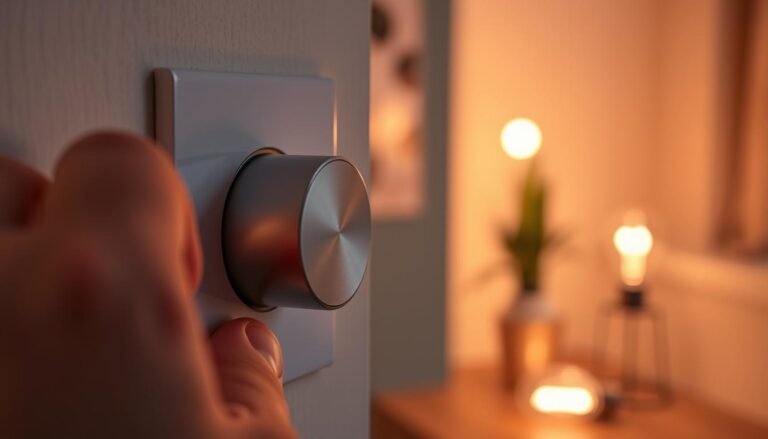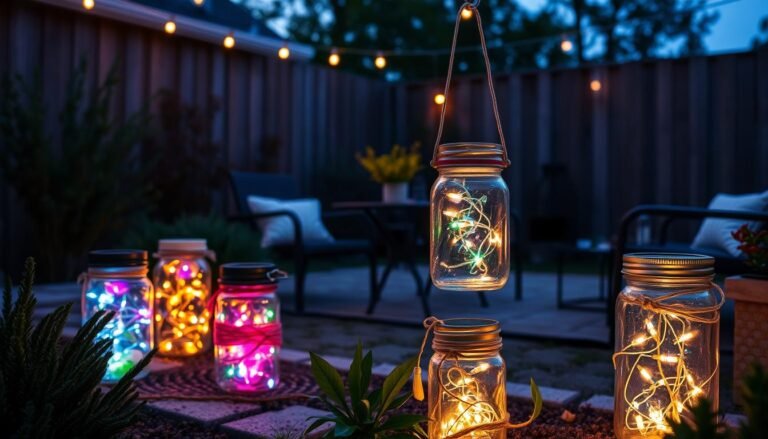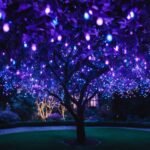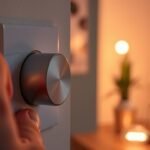Affiliate Disclosure: This post may contain affiliate links. If you make a purchase, we may earn a small commission at no extra cost to you.
The Illuminating Engineering Society (IES) has established recommended lighting levels for various spaces to ensure optimal illumination. These guidelines are essential for architects, designers, and lighting professionals to create well-lit environments that enhance productivity, safety, and comfort.
By following the IES recommended lighting levels, you can ensure that your lighting design meets industry standards and provides the desired visual experience for occupants.
Key Takeaways:
- The IES provides recommended lighting levels for different spaces to ensure optimal illumination.
- These guidelines are essential for architects, designers, and lighting professionals.
- Following the IES recommended lighting levels ensures industry-standard lighting designs.
- Optimal lighting enhances productivity, safety, and comfort in various spaces.
Understanding IES Recommended Lighting Levels
The IES recommended lighting levels are crucial for creating well-lit environments that enhance productivity, safety, and comfort. These levels are based on scientific research and best practices in the lighting industry, taking into account factors such as task requirements, room size, and occupant needs.
By following these guidelines, lighting professionals can ensure that their designs meet industry standards and provide the appropriate light levels for specific applications.
Key Factors Considered in IES Recommended Lighting Levels:
- Task Requirements: The IES guidelines take into account the specific tasks performed in different spaces, ensuring that appropriate lighting levels are provided to support visual acuity and reduce eye strain.
- Room Size: The dimensions of a room play a significant role in determining the recommended lighting levels. Larger spaces may require higher illuminance to achieve uniform light distribution and maintain visual comfort.
- Occupant Needs: The IES guidelines also consider the needs and expectations of occupants. The recommended lighting levels should support their activities, create a pleasant environment, and contribute to overall well-being.

The IES provides specific illuminance values in foot-candles or lux for various spaces, including offices, classrooms, retail stores, healthcare facilities, and outdoor areas. These values serve as benchmarks for lighting professionals to ensure the desired visual experience. To facilitate access to these recommendations, the IES offers the Illuminance Selector tool through the Lighting Library.
The Illuminance Selector tool is a valuable resource for lighting professionals. It allows users to quickly access the IES recommended lighting levels and generate customizable reports for their projects. Whether you are designing an office space, a classroom, or an outdoor area, this tool will provide you with the necessary information to achieve optimal lighting conditions.
IES Recommended Light Levels For Residential Spaces
| Room | Foot-candles | Lux |
| Living Room | 10-20 | 108-215 |
| Bedrooms | 20-50 | 215-538 |
| Kitchen – General | 20-50 | 215-538 |
| Kitchen – Preparing / Cooking | 50-00 | 538-1076 |
| Dining Room | 10-20 | 108-215 |
| Rooms for Difficult Reading & Writing | 50-100 | 538-1079 |
| Bathrooms | 20-50 | 215-538 |
| Hallways | 5-10 | 54-108 |
| Basement / Garage Workshop | 20-75 | 215-807 |
| Basement – Laundry | 20-100 | 215-1076 |
| Basement – Exercise and Recreation | 30 | 325 |
IES Recommended Lighting Levels for Different Spaces:
| Space | Recommended Lighting Levels (Foot-Candles) |
|---|---|
| Office Spaces | 30-50 |
| Classrooms | 30-50 |
| Retail Stores | 30-50 |
| Healthcare Facilities | 50-200 |
| Outdoor Areas | 5-10 |
These values are meant to serve as a starting point for lighting design and can be adjusted based on the specific requirements of each project.
By using the Illuminance Selector tool and consulting the IES recommended lighting levels, lighting professionals can ensure that their designs meet industry standards and provide optimal illumination for various spaces.
How to Convert Foot-Candles to Lux
A single foot-candle is equivalent to the amount of light that falls on a surface that is one foot away from a single candle.
A lux is the amount of light that falls on a surface one meter away from a candle.
For conversion, 1 foot-candle = 10.764 lux
Similarly, 1 lux = 0.093 foot-candles
Implementing IES Recommended Lighting Levels
Implementing the IES recommended lighting levels involves understanding the specific requirements of different applications. One such application is horticultural lighting, which plays a crucial role in promoting plant growth. By utilizing the principles of photobiology and understanding light-plant interactions, lighting professionals can design lighting systems that maximize productivity and ensure healthy plant development.
Horticultural lighting, as addressed in the IES RP-45-21 document, is a specialized field that requires an understanding of plant biology and photobiology. This resource provides definitions and an overview of botany, as well as information on optical radiation spectra and photoperiods. By comprehending these concepts, lighting professionals can tailor their lighting designs to provide optimal conditions for plant growth.
Choosing the Right Lamps and Luminaires
When it comes to horticultural lighting, selecting the appropriate lamps and luminaires is crucial. High-pressure sodium (HPS) lamps and LED luminaires are commonly used in horticultural applications due to their efficiency and spectral output. However, each type has unique considerations.
HPS lamps emit a broad spectrum of light that is suitable for promoting general plant growth. They are particularly effective for flowering and fruiting stages. On the other hand, LED luminaires offer precise control over the light spectrum, allowing for targeted lighting strategies. LED technology enables customization of light wavelengths to meet the specific needs of different plants and growth stages.
By understanding the characteristics of different lamps and luminaires, lighting professionals can make informed decisions that align with the specific requirements of horticultural lighting.
Also Read – Understanding IK Rating for Durable Lighting
Maximizing Productivity with Proper Lighting Design
Proper lighting design is essential for maximizing productivity in horticultural environments. By implementing the IES recommended lighting levels, lighting professionals can ensure that plants receive adequate lighting to support growth and development.
Using a combination of direct and indirect lighting, as well as incorporating techniques such as uniform light distribution and light positioning, can further enhance the effectiveness of horticultural lighting systems. This results in improved energy efficiency and optimized plant growth.
Ultimately, by implementing the IES recommended lighting levels and utilizing the principles of photobiology, lighting professionals can create lighting systems that contribute to healthy plant growth, increased yields, and overall productivity in horticultural settings.
Conclusion
The IES recommended lighting levels guide is an essential tool for professionals across various industries. By adhering to these guidelines, you can ensure that your lighting design meets industry standards and provides the optimal illumination for different spaces
By following the IES recommended lighting levels and staying engaged with the community through conferences and educational programs, you become an active contributor to creating well-lit spaces that enhance our lives. Together, we can continue to advance the field of lighting and improve the quality of light in our built environments.
FAQ
What are the IES recommended lighting levels?
The IES recommended lighting levels are guidelines established by the Illuminating Engineering Society (IES) for various spaces. These levels ensure optimal illumination and are based on scientific research and industry best practices.
Where can I find the IES recommended lighting levels?
The IES Illuminance Selector, available through the Lighting Library subscription, provides access to the recommended lighting levels. It allows you to design projects based on these guidelines and generate customizable reports.
What factors do the IES recommended lighting levels take into account?
The IES guidelines consider factors such as task requirements, room size, and occupant needs when determining the recommended lighting levels for different spaces.
What spaces do the IES recommended lighting levels cover?
The IES provides specific illuminance values for various spaces, including offices, classrooms, retail stores, healthcare facilities, and outdoor areas.
What other resources does the IES provide?
In addition to the recommended lighting levels, the IES organizes events like the Street and Area Lighting Conference and offers educational programs to address specific challenges in outdoor lighting.








